Many have tried and few have succeeded. Explaining how to market to someone is like explaining how to invest in the stock market. It’s partially an art. And it’s partially a science. It’s ever evolving, yet there are some fundamental principles to follow.
Before you start reading this guide, I recommend you check out how to start your Facebook Ads. This guide will piggy-back and go further into explaining the methodology and philosophy that I use to create winning ads every time. Also check out how to write WINNING Facebook Ad Copy Every Time. You’ll also want to know how to arrange your Facebook Columns and understand your Facebook Ad Metrics.
To begin, there are some very important fundamentals you should start with. When running ads in any capacity, on any platform, it’s always best to test ONE variable at a time.
My approach is scientific and requires you to select a single variant to test in your ads at a time. Yes, that means identifying your ad style first, and then moving into landing pages and campaign revenue optimization.
Once we have established working trends in my ads, we can focus on adjusting landing pages, order bumps, and other ways of increasing that ever important eCommerce conversion rate metric.
But, let’s back up. Let’s start from the beginning. This is a guide for eCommerce stores. This process will work for both subscription and straight sell eCommerce stores. This works for both Shopify and WooCommerce, or any other eCommerce platform. Make sure you setup your Facebook Pixel before you begin. Ok, let’s begin with this Facebook Ads Tutorial.
When you get this right, you can expect to see results like this store below. Note, the dip in June is because we ran out of inventory to support the marketing. Growth, like in any business, requires you to have a consistent and rigorous testing process. Once you nail it down, you can expect to see results like the ones above.
Or like this:
Again, the dip is due to fulfillment issues, not advertising issues.
If your eCommerce store is a motor, Facebook Ads is the fuel to that motor. If you stop giving the motor fuel, your motor will eventually stop running. You will have some sputters here and there, but eventually, the whole thing will grind to a halt. Facebook Ads aren’t always given the attribution they deserve, but rest assured, they are the main driver of sales for your business. It’s not just direct sales. There are many components to this and I’ll do my best to go over everything.
…Begin the eCommerce Facebook Ads Tutorial
Naming Convention
Organization is key to success on Facebook.
Generally, I break out my campaigns to be named like this: “PC | PAGE | CAMPAIGN” or even more simply, “CAMPAIGN TYPE | FUNNEL LOCATION”
You see initials above and ways to identify the advertiser in the campaigns. Additionally, when I was testing landing pages and the correct product grouping, you’ll see the name of that collection in the campaign as well. However, the simpler the better. You can see the bottom campaign is simply called “Prospecting”. This is the Top of the Funnel, or cold traffic campaign.
The other one is called RT | Retargeting. RT Simply means Retargeting.
PC means Purchase Conversions. I will name the styles differently depending on what data I want to see in the account. Most of the campaigns are PC, however, so I just keep it as that. This will make more sense when you get to the optimization piece.
Funnel Layout
Having an understanding of the user’s lifecycle in a funnel is super important. All Facebook ads start at a part of the funnel and get warmer as you get to the bottom of the funnel. Cold Traffic is considered Top of the Funnel traffic. Having an overall understanding of this gives you an understanding of what the Facebook ads are doing where and at what point in the funnel.
Top of the Funnel (ToFu)
- Conversion Campaigns
Middle of the Funnel (MoFu)
- Engagement Campaigns
Bottom of the Funnel (BoFu)
- Retargeting Campaigns
- Dynamic Product Ads
Campaigns Styles
Now that we’ve discussed some naming convention, let’s talk about the most common campaign styles that I use.
Generally, I use Purchase Conversion campaigns for mostly everything. There’s also Catalogue Sales (Dynamic Product Ads, or DPA) and the various Retargeting. Retargeting is also a purchase conversion campaign.
You first need to identify your goal. If you’re running eCommerce, your goal is purchase conversions. If you’re running a lead generation test, and I want to identify clear ad winners before testing various landing pages, I’ll use the Facebook Forms campaigns style. Please refer to the Facebook Ads Lead Generation guide if you’re doing Lead Generation.
There are other purchase conversion goals like View Content, Add To Cart, and Initiate Checkout.
However, the general rule is to target the goal you want to achieve. I have no clue why you would want a large volume of add to carts and no sales, but if that’s the goal you want to target, it can be done. For best results, just stick with Purchase conversions. Nearly every business and agency I’ve worked with uses purchase conversions for their goals. This is set on the Adset level, but still important to understand while setting up your campaigns. There are other campaign styles, but the Conversions campaign style is the most widely used for eCommerce brands.
For businesses that focus on a single product, like many subscription brands, you would have one campaign for each product. For multiple product eCommerce stores, you would have a single campaign per product with the same audiences for each campaign. Now, there is a caveat. Once you identify the winning collections and/or products, you can basically lump the winners into a single Campaign Budget Optimized campaign and let Facebook determine where to best allocate your budget.
There are still advertisers that use Adset budget optimized campaigns. I have no clue why. Use CBO, it will save you tons of cash and maximize the impact of your campaigns.
Adset Organization
Now you’ve made it to the Adset organization. Study the image below. 
Really, I leave most of my adsets open to all placements and just adjust the audience target. The angle then is drawn from the audience. Certain audiences will respond better or worse to certain ads. However, most of my campaigns are based on Look a Like Audiences (LLA) based on 180 day purchase events. If you don’t have an LLA to start with, you can start with interest based targets.
Per my previous article on How to Start Your Facebook Ads, leave the targeting window as the default (7 days Click, 1 Day View or 7DCV) option for now. This is something that can be tested later, once you have a grasp of what ads are working and what placements work for your brand. Remember, the first thing we are testing is the ad copy and image combination. The next thing we can test is the individual placements.
That is, of course, if you have a huge budget you can test it all at once and let Facebook sort it out.
Audience Testing
Audience testing is one of those things that really require you to have an understanding of who it is you want to test. Really, just go for a 2M size audience and exclude purchasers of 30 days on your adsets. Your Facebook retargeting ads should take care of the purchasers and attempt to cross sell them and upsell them. When you’re adding interests in the beginning, narrow your focus of interest so you have a nice audience size. You can also test customer lists, Klaviyo imports, event LLA audiences and basically any other combination you can dream of. Hint, my best performers are usually 5% or 10% LLAs based on 180 days purchase behavior. That’s what you see in the above image.
The toggle for the dynamic ad option is inside the adsets. This is going to be important on the next step.
Single Ads
Building single ads requires you to do a bit of manual work, but I still get success out of this method. For this method, it’s really important to make sure you name each one of your ads with the proper naming convention. You want to name your ads on the parameters you want to test. So, if we’re testing copy x image combination, you need to name your ad like this “Image | Copy Sentence“. This is to help you identify the trends as I outline in the video below. You can test buttons, ad styles, etc. with this naming convention.
It’s basically a manual dynamic ad. You create each type of ad and test against each type of variant and let Facebook determine the winners. You can do the same process for AdSets and even campaigns.
Once you have your naming convention all worked out. Watch this video and learn how to optimize your ads.
The video outlines how to see trends. You are relying heavily on your ad filters in order to do this. What we are looking for is performance across MULTIPLE AUDIENCES.
Once you identify a winning ad across multiple audiences, you’ll know it’s truly a winner because you have tested it on more than one type of user. We can assume that scaling this ad to a broader audience will have consistent performance as in the more narrow audiences. In fact, you can test this ad in an open target without worrying about any interest or audience selection.
Dynamic Ads
There is much debate here. But, my observations that Dynamic ads typically keep you out of the “Learning Limited” phase and in the “Learning” phase longer. Additionally, they tend to be a bit better for performance. It’s extremely important to make sure your images are name appropriately in the dynamic ads, so you can run a custom report later and determine account-wide performance.
Dynamic ads used to be a pain to analyze, hence the Single Ads was the preferred method. However, now that the reporting dashboard acts like a true pivot table, analyzing is super easy. You will find this under your Reports–>Ads Reporting under your Facebook Business Manager. Basically, the debate is no longer and Dynamic ads really are the go-to way to build ads on Facebook. Though, I would say test this concept first because Dynamic Ads do have their limitations as well. Naming convention on the dynamic ads isn’t so important because you don’t need to use the filters to check account wide performance and ad trends. Dynamic ads really got rid of a lot of work for us advertisers.
You do still need to be cognizant of your ad copy and images. For each copy, try using the top 5 angles that you have developed from your customer research. Refer to How to Write Winning Copy Every Time for more details. For images, make sure you are naming the IMAGE FILES correctly, so later you can run a pivot table like the one above. Otherwise, your images can have these coded names and you would need to decipher what you are looking at. Make it easier on yourself from the get go and stay organized.
Relevant KPIs and Secondary Metrics
This one is where a lot of people mess up. Don’t be one of them. Your relevant KPIs are the KPIs you are trying to accomplish. In other words, if you’re targeting purchase, your relevant KPI is Cost per Purchase (Cost per Acquisition) and Return on Ad Spend (ROAS). For practical purposes, no other metrics matter. Secondary metrics are just that, secondary. You won’t make money on add to carts, clicks, CTRs or anything else. So make it easy on yourself and focus on the metrics that matter. Of course, there are still important things to understanding Facebook Metrics, but in general you only need the primary metrics to worry about.
In general, the secondary metrics give you some indication and I go over this on the article linked above. It’s really just excess data, and nothing that is going to be a huge game changer. A lot of advertisers like to use secondary metrics as an indicator of successful campaigns or progress. But, the reality is, the only thing that matters in eCommerce is sales. Yes, engagement has some merit. Clicks and other metrics are nice to knows, but you won’t make money with those metrics. They won’t help you optimize and often times they can lead you astray.
Optimization
When I optimize I’m looking at a 7 to 14 day period. Since my optimization window is usually 7DCV, I’m looking at period of multiples of 7. My optimization goal, is therefore, the average account CPA. Anything under the average account CPA is a keeper and anything over the account CPA with a significant amount of impressions is removed. What I mean by significant is, let’s say the account average is $20 CPA. Let’s say there is an adset that is performing at $15, $21 and $30. I would keep the $15, $21 and only keep the $30 if there are few conversions on it. It only needs 1 or two to pick back up. If the trend for that adset is downwards, in other words, it is getting a higher CPA, I would remove it. Basically, it is put on my watch list until it’s removed. This goes the same for ads. Sometimes I see a compelling trend, but most of the time a non performing adset or ad rarely picks up in performance. Best to move on and try something else.
The video above really outlines the time frame and the testing methodology for identifying the best performers and worst performers based on trends. Sometimes there isn’t enough spend to really make a judgement call. Lately, Facebook has been giving preferential treatment to certain adsets and ads within a CBO. It’s usually the ones with the largest audience or best engagement. Since, Facebook wants more engagement, and you want more sales, sometimes it’s best to stop them before they spiral out of control and outspend the other adsets. However, Facebook usually knows what is going to perform and what is not going to perform based on it’s huge repository of data and it’s very advanced machine learning algorithm.
Retargeting
As you probably know, I’m big on retargeting. Retargeting allows you to capture a lot of that lost revenue. Because I go over the best Retargeting Strategy in a separate article, I’m not going to go over it here. However, lately, what I’ve been noticing is the simpler the better. Usually All Website Visitors (30 Days) and All Website Visitors (3 Days) excluding purchasers has been performing on many accounts. It’s still good to identify the best retargeting audiences in a CBO, just having this can dramatically change up the blended CPA of your account.
Hint the best ads that worked for me were reflections of the abandoned cart sequence.
Reengagement
Re-engagement or Middle of the Funnel (MoFu) is another great way to capture more audiences. Here are some of the audience segments that are worth testing:
Page Engagements
- Everyone who engaged with your page (Various Times)
- Anyone who visited your page
- People who engaged with any post or ad
- People who clicked on any call to action button
- People who sent a message to your page
- People who saved your Page or any post
Video Views
- Video Views (Various %s and times)
- People who viewed at least 3 seconds of your video
- People who viewed at least 10 seconds of your video
- People who either completed or viewed at least 15 seconds of your video
- People who watched 25%-95% of your video
Time Segment
- 3 Days
- 7 Days
- 14 Days
- 30 Days
- 60 Days
- 90 Days
Cross the engagement and video view with the time segments and try every combination with existing winning retargeting ads. Keep all the adsets in a CBO and monitor performance. Remove the ones that are not working and keep the ones that are. The ads here can be a simple reflection of the retargeting campaigns. The ads here can be tested to include a 5% or 10% discount.
Dynamic Product Ads
DPAs or Dynamic Product Ads are great for businesses that have multiple collections and types of products inside of their eCommerce store. These represent a catalogue that Facebook dynamically displays to the users based on their actions. So, Facebook’s data determines what ads are shown to what users based on their past behaviors. Not all targets and placements will work, but that’s why it’s important to test. DPA can be used for both prepurchase, or non customers and existing customers who have already purchased.
Basically, cross selling or upselling customers based on the criteria Facebook determines to have the highest probability to convert. You can segment your catalogues based on different collections based on what collections users saw, but again, simple is better. I’d rather just test the full catalogue to various users and optimize the placements. Again, in this case you can offer a coupon. 5% to non customers who have not signed up to receive an email from you, 10% for those who signed up to your email list 15% to existing customers. There really isn’t a good way to segment out those who subscribed to an email and those who didn’t so it’s best to test those ads and see which one performs the best.
Facebook Ads and marketing is an ever-evolving field and best practices change from marketer to marketer. It also changes brand to brand. Realistically, it’s about understanding your data, pivoting when necessary and determining what the winners are going to be based on the data. Even for the same exact business and the same exact product on 2 different Facebook Ad accounts, the results can vary tremendously. This is all contingent on the data in and data out, the total account spend and the pixel data that is on the pixel that is being used.
Of course there are tons of variables to consider here, but in general, when you’re getting started it’s best to just get going with a PC campaign and not worry about the rest of them. Keep an eye on your relevant KPIs and focus on decreasing CPA and increasing ROAS based on account averages. I’ve seen plenty of accounts with absolutely horrible metrics even when a “professional” agency or “marketer” is hired.
That doesn’t matter. What matters is how the individual managing the account responds and pivots on the data. If a trend is revealed, the trend should be trickled through the landing pages, the other advertisements and across the business. This is part of optimization and Campaign Revenue Optimization, a topic for another day.
I hope you enjoyed reading this and it gives you a clear understanding of how to Develop and Optimize your eCommerce Facebook Ads.
Please ask questions and leave comments.

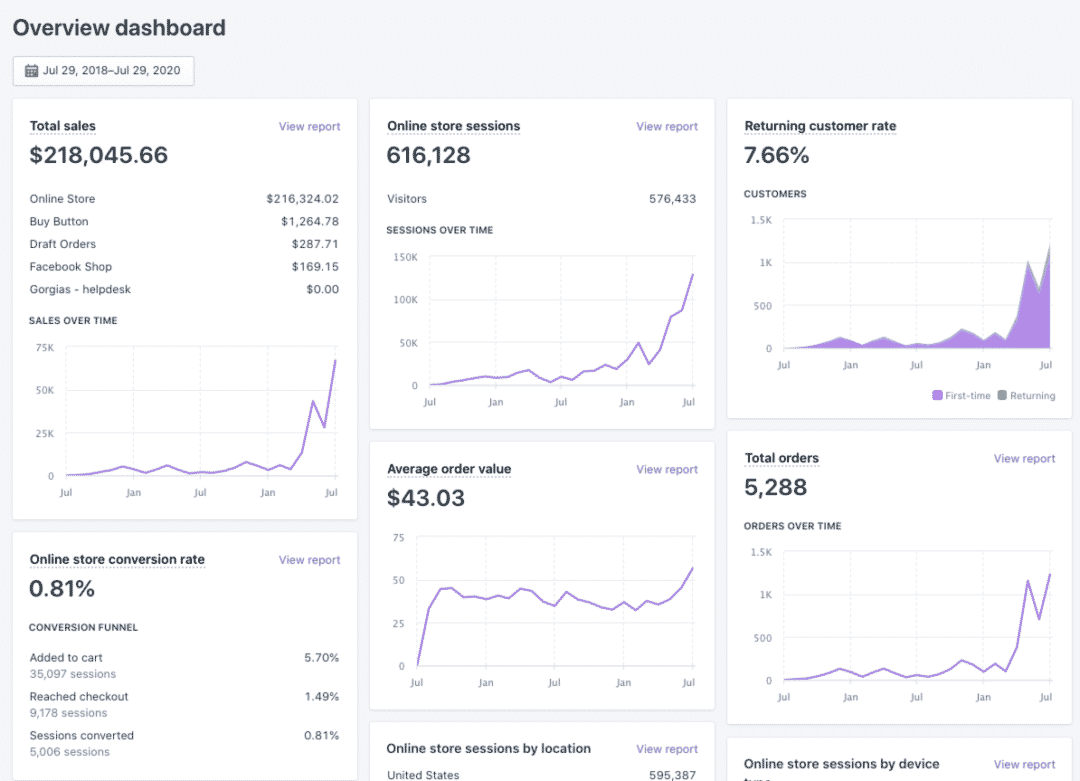
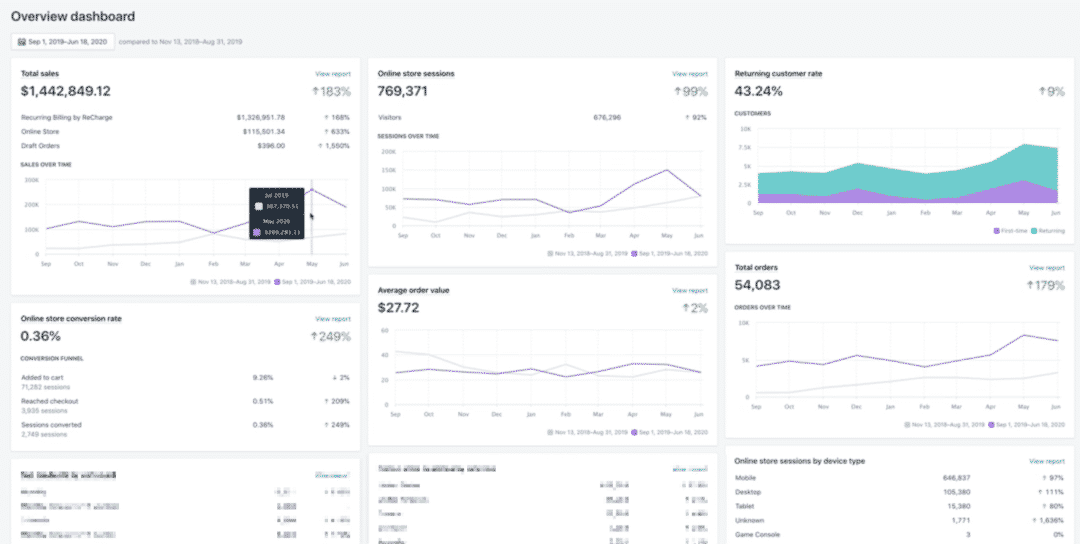

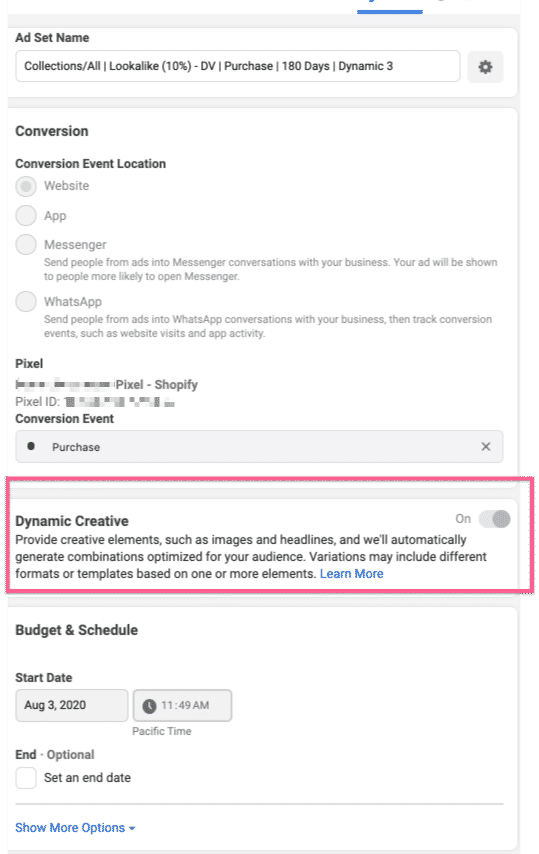
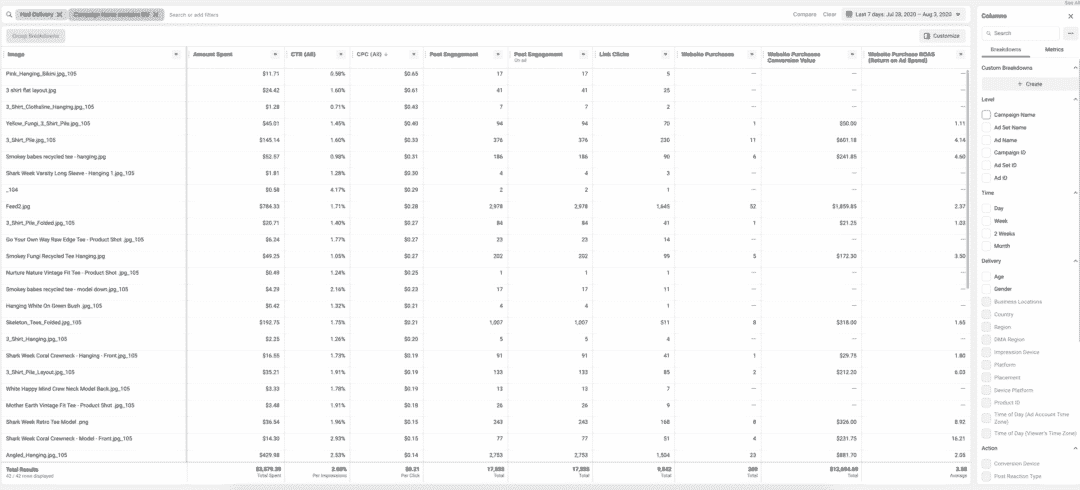
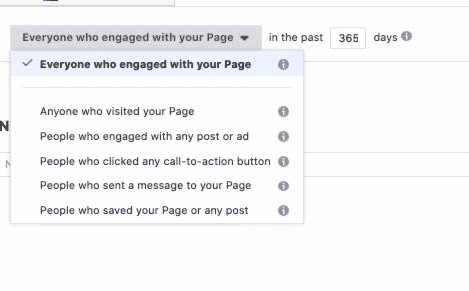

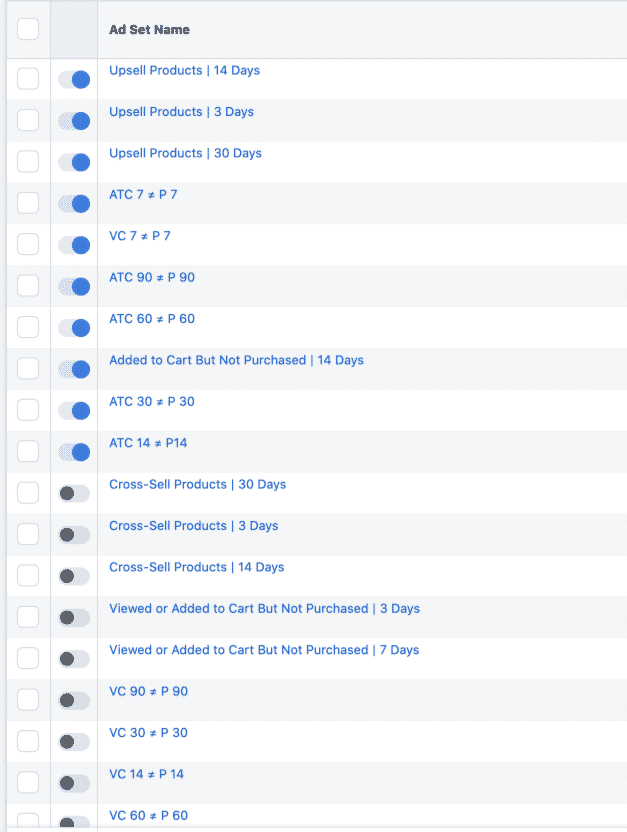
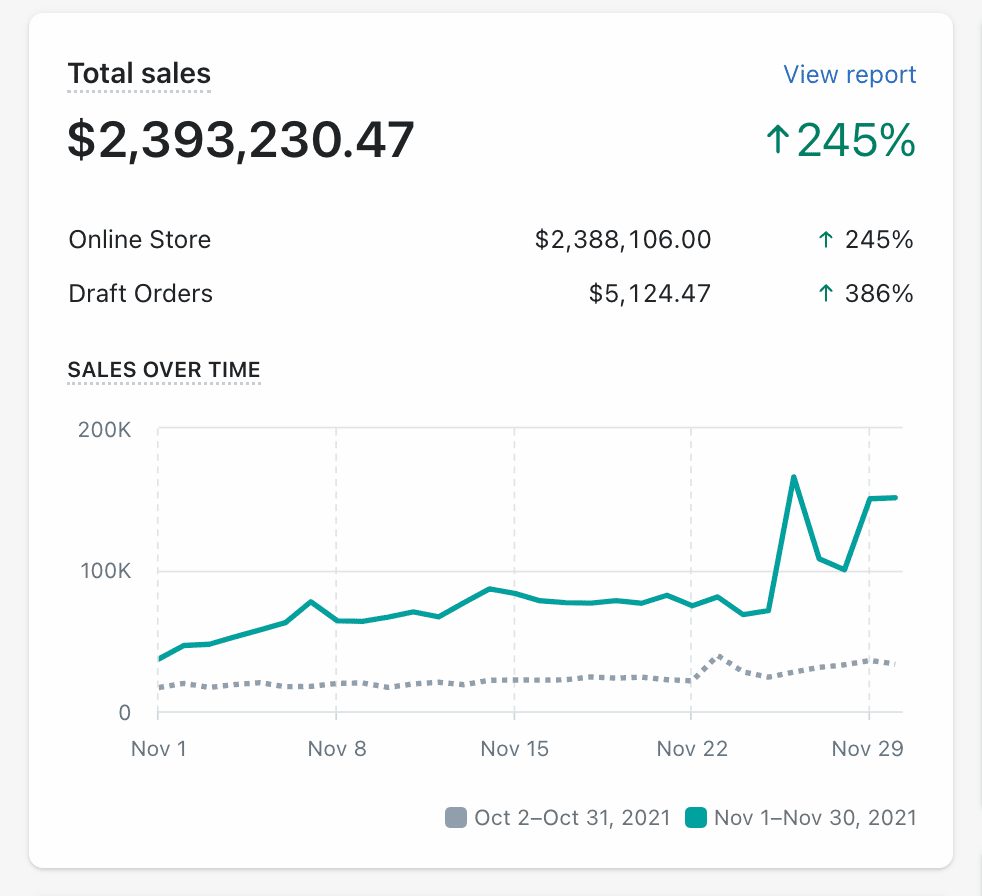
0 comments